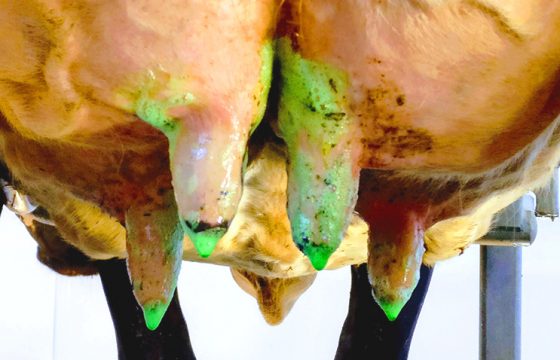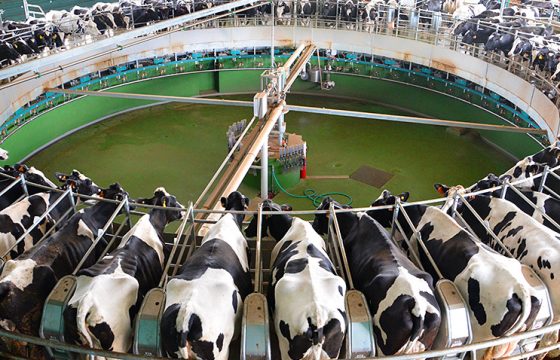SCC on individual cows: A great tool to manage mastitis in your herds
In previous posts, we talked about the benefits of using Somatic Cell Count tests in milk (SCCs) instead of using other tests such as the California Mastitis ones (CMTs). But exactly what kind of information do these tests provide us about the infection dynamics? And how exactly can this help you to monitor mastitis in dairy cows? Here are all the answers!
REGULAR ANALYSIS AND INTERPRETATION OF MONTHLY MILK RECORDING DATA
There are 2 sides to the approach when discussing about Somatic Cell Count in milk analysis.
A) Overview of herd performance
Like with fertility, there are recognized performance targets:

B) Action lists of cows needing attention
Again, like with fertility, individual cows can be identified as needing attention:
- Cows with recent infections during:
- Lactation.
- Dry period.
- Cows with non-recovering new infections from previous month:
- Chronic cows.
Cows potentially on action lists from routine monthly SCC records
- New infections:
- 1st time > 200,000 cell/ml this lactation.
- Acquired a recent infection.
- First infections:
- Calved in > 200,000 cell/ml.
- Acquired an infection in the dry period or failed to respond and eliminate an infection in the dry period.
- Non recovered recent infections:
- Last month’s New or First infections still > 200,000 cells/ml.
- Some repeat infections still > 200,000 cells/ml.
- Some early chronic infections eg 3 consecutive high SCCs.
If an intervention is to take place on the above cows it will be either sample, treat or both sample then treat. Improved specificity for intervention can be achieved by using a higher threshold eg 300,000 cells/ml.
Cows potentially eligible to treat from routine monthly SCC records
- News & Firsts:
- Although these have only one high SCC and many will self-cure.
- Non responding News or First from previous month:
- These are more significant in terms of being potential persistent infections which have the ability to become clinical or spread to other cows.
The decision to treat needs to take many factors into account:
- Herd factors:
- Economics and infection dynamics.
- BMSCC and proximity to payment penalty threshold.
- Increased or increasing contagious pattern new infection rate.
- Dry period performance.
- Individual cow factors:
- Chance of cure.
- Pathogen.
- Strain (not currently commercially available but transmission patterns help identify potential contagious behavior)
- Chronicity (number of consecutive high SCCs)
- Number of previous clinical cases.
Content originally created for “the Mastipedia”.
Author: Andrew Biggs, Consultant on bovine mastitis and cattle health.


